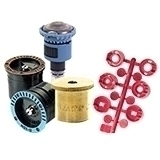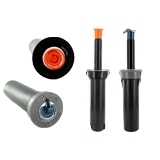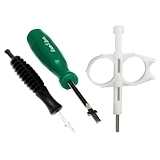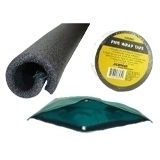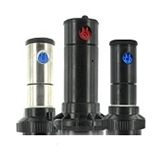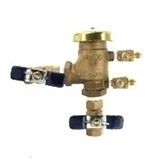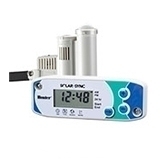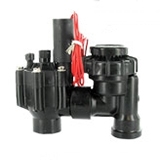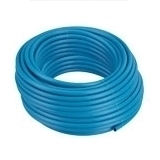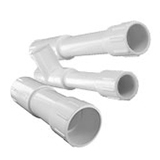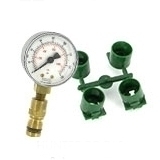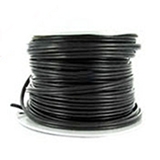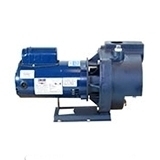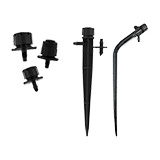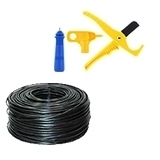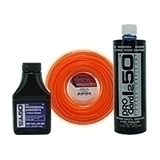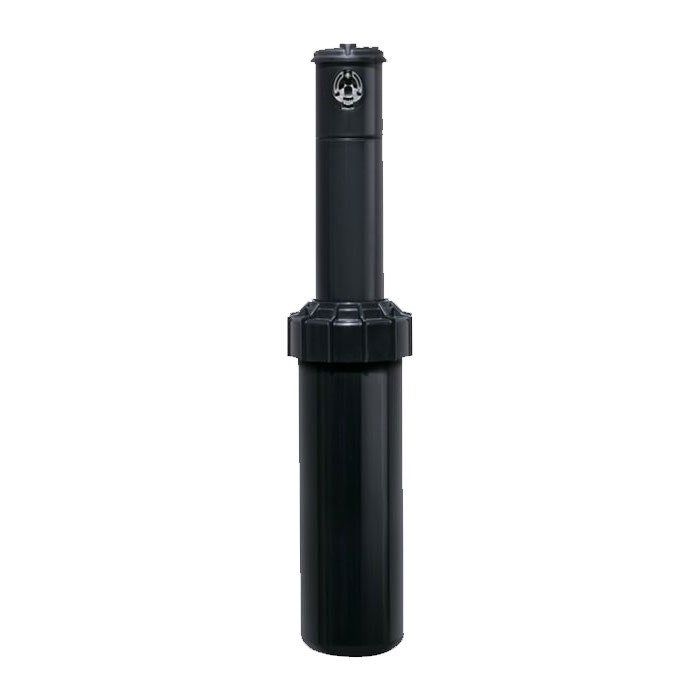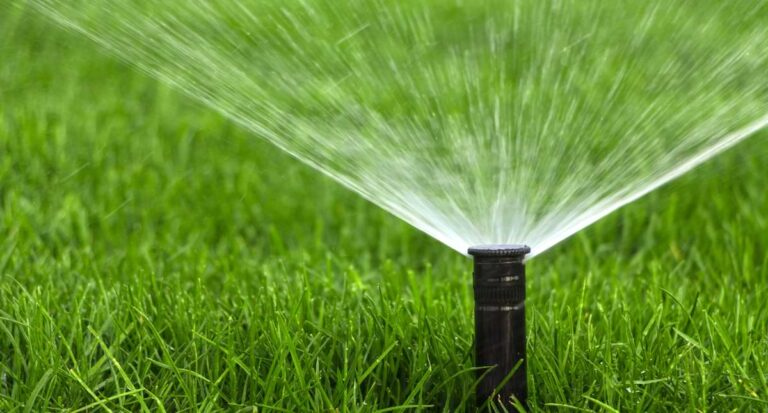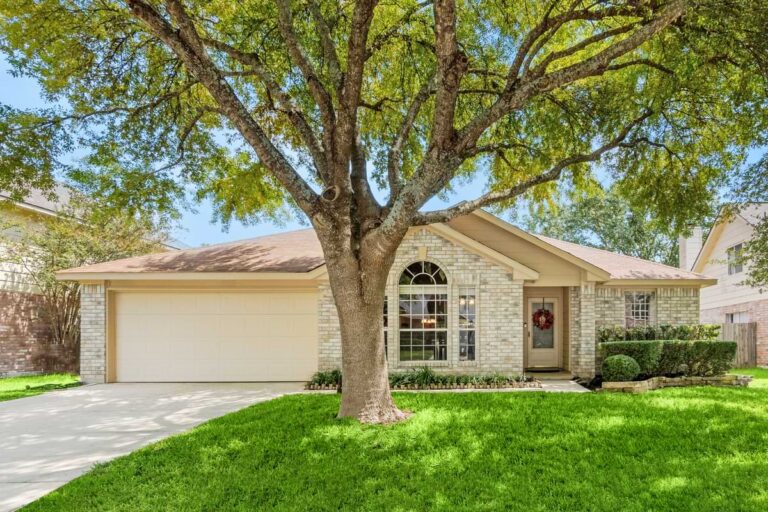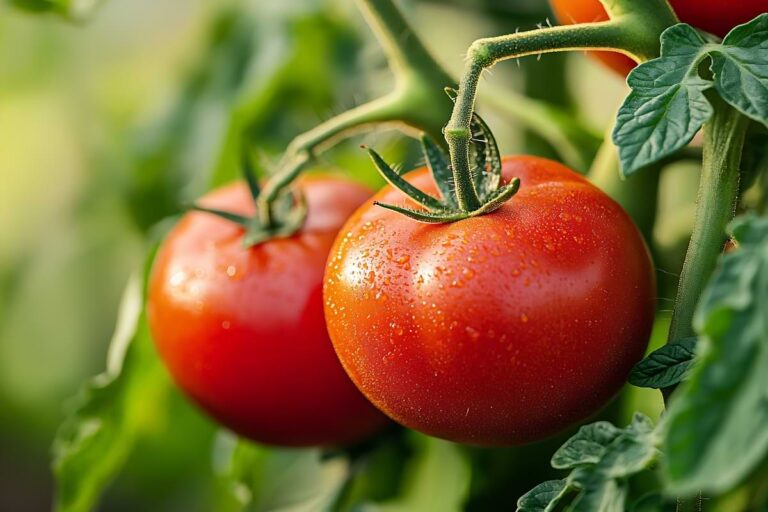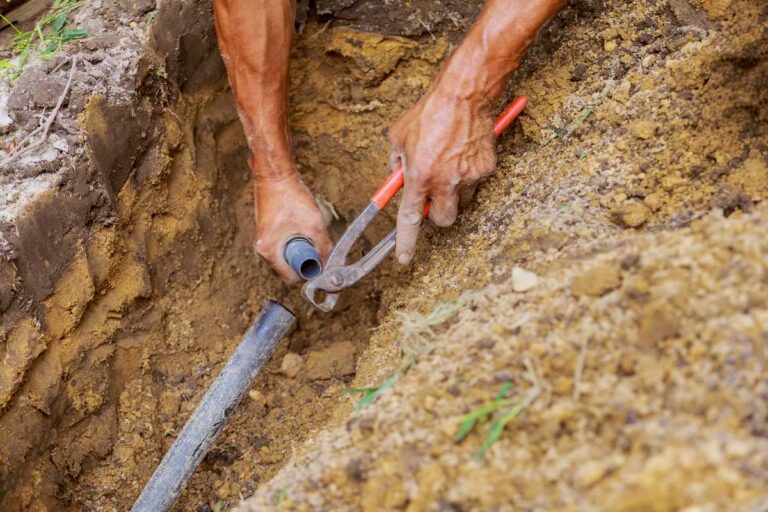Table of Contents
Designing an irrigation system for a sloped lawn takes a little extra planning. Gravity doesn’t just affect the way water flows—it can also impact how evenly your grass gets watered. Without the right setup, you might end up with soggy spots at the bottom of the hill and dry patches at the top.
Here’s how to build an irrigation system that keeps every part of your sloped lawn looking healthy and green.
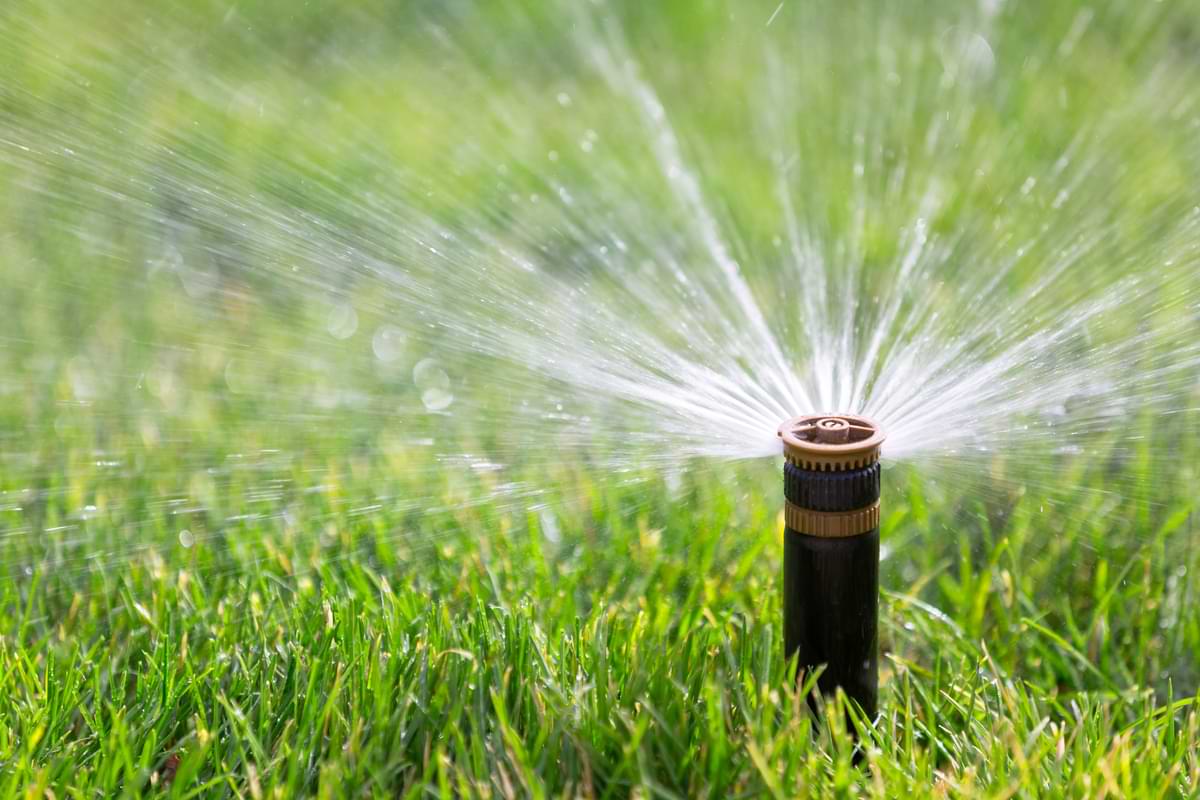
Slope Irrigation Guide: DIY Tips for Gardening on a Sloped Lawn
Designing an irrigation system for a sloped lawn takes a little extra planning. Gravity doesn’t just affect the way water flows—it can also impact how evenly your grass gets watered. Without the right setup, you might end up with soggy spots at the bottom of the hill and dry patches at the top.
Here’s how to build an irrigation system that keeps every part of your sloped lawn looking healthy and green.
How to Build the Perfect Slope Irrigation Plan
Designing irrigation for a sloped lawn isn’t just about where the sprinklers go—it’s about working with gravity instead of against it. The goal is to keep water from racing downhill and make sure every part of your yard gets an even drink.
With the right plan, you can prevent runoff, save water, and keep your lawn healthy from top to bottom.
1. Start with the Right Design
Before you install anything, map out your slope carefully. The angle of your yard determines the type of system and how you zone it.
- Measure the Slope: A mild slope (under 10%) can often use standard sprinklers. Steeper slopes need more careful zoning or drip systems.
- Plan Zones By Elevation: Divide your system into zones that run separately—top, middle, and bottom sections. This prevents the lower zones from getting oversaturated.
- Consider Soil Type: Clay-heavy soils retain water, while sandy soils drain quickly. This affects how long and how often each zone should run.
2. Choose the Right Irrigation Method
For sloped lawns, the irrigation method matters just as much as layout.
- Drip Irrigation: Drip irrigation delivers water directly to the roots and minimizes runoff, ideal for steep areas.
- Rotary Nozzles: Rotary nozzles release water slowly and evenly, reducing puddling—making them a great option for moderate slopes.
- Soaker Hoses: Soaker hoses are useful for small or irregularly shaped slopes where a traditional sprinkler layout doesn’t fit well.
3. Prevent Runoff with Smart Watering Techniques
Water tends to travel downhill—so the key to slope irrigation is controlling how quickly it moves.
- Cycle and Soak: Run shorter watering cycles (for example, three 5-minute sessions) with breaks in between to let the soil absorb the water.
- Lower Flow Rates: Use low-flow nozzles to give the soil more time to soak up water.
- Check Pressure: High water pressure can lead to misting or runoff. Use pressure-regulated heads if needed.
4. Install Check Valves and Proper Drainage
Even after watering stops, gravity can pull leftover water through the pipes—causing puddles at the bottom of your slope. To prevent that:
- Add Check Valves: Check valves can hold water in the lines so it doesn’t drain downhill between cycles.
- Improve Drainage: Make sure the slope has good natural or installed drainage (like French drains) to prevent pooling.
5. Automate for Efficiency
Smart controllers make slope irrigation easier to manage. You can adjust watering times based on soil moisture, rainfall, and temperature—so your system only runs when it’s actually needed. Pair your controller with soil moisture sensors for the most accurate watering schedule.
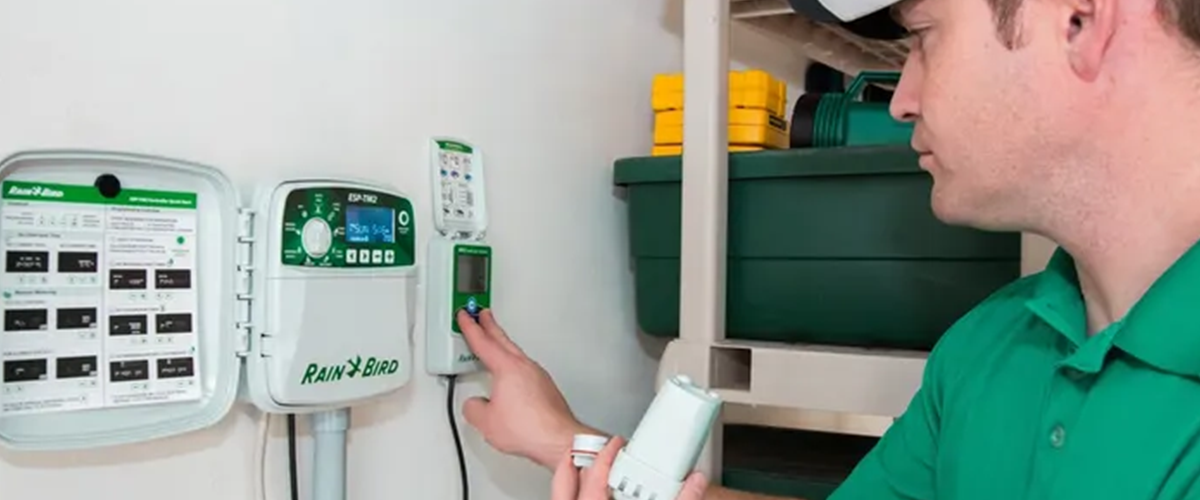
Gardening on a Sloped Lawn? Take a Balanced Approach to Slope Irrigation
Building an irrigation system for a sloped lawn is all about balance—controlling how much water you use and where it goes. With the right zoning, slow-flow sprinklers or drip lines, and a few smart add-ons, you can beat gravity and keep your lawn green from top to bottom.
So whether your yard sits on a gentle hill or a steep incline, a well-planned irrigation system will keep every blade of grass thriving—no runoff, no dry spots, just balance.
FAQs for Slope Irrigation
What is the best irrigation system for slopes?
Drip irrigation is the best system for sloped lawns because it delivers water slowly and directly to plant roots, minimizing runoff and erosion. For moderate slopes, rotary nozzles are also effective—they release water at a controlled rate, allowing even absorption across the slope.
What is the 30-30 rule for irrigation?
The 30-30 rule recommends watering your lawn for 30 minutes and then letting it soak for 30 minutes before continuing. This “cycle and soak” approach helps prevent runoff, especially on slopes, by giving the soil time to absorb water more efficiently between watering cycles.
How to water a sloped lawn?
Water sloped lawns using short, repeated cycles to prevent runoff—known as the cycle-and-soak method. Use low-flow sprinklers or drip lines, start watering from the top of the slope, and check for even coverage. Installing check valves can also stop excess water from draining to the bottom between watering sessions.
If you want to stay up-to-date on the latest Sprinkler Warehouse news and make the most of all of our one-of-a-kind promotions, join the IrriGator community today. Happy watering, IrriGators!


